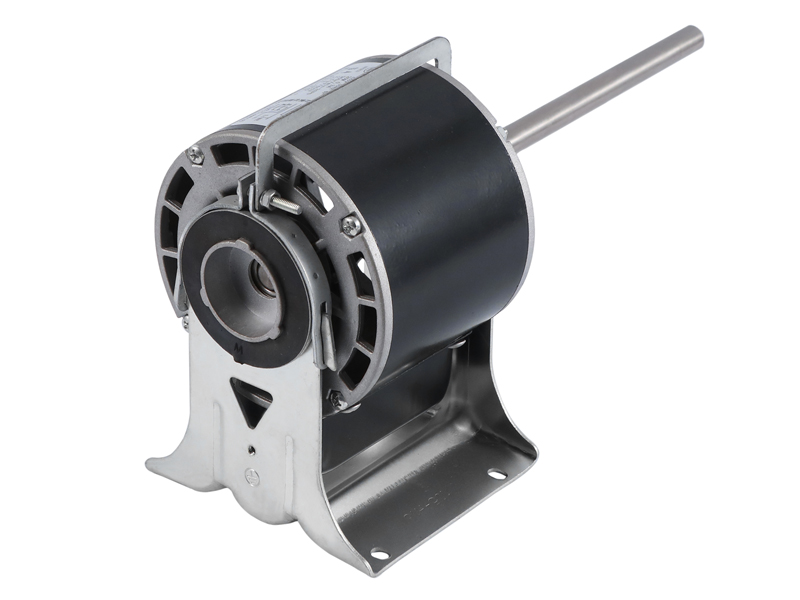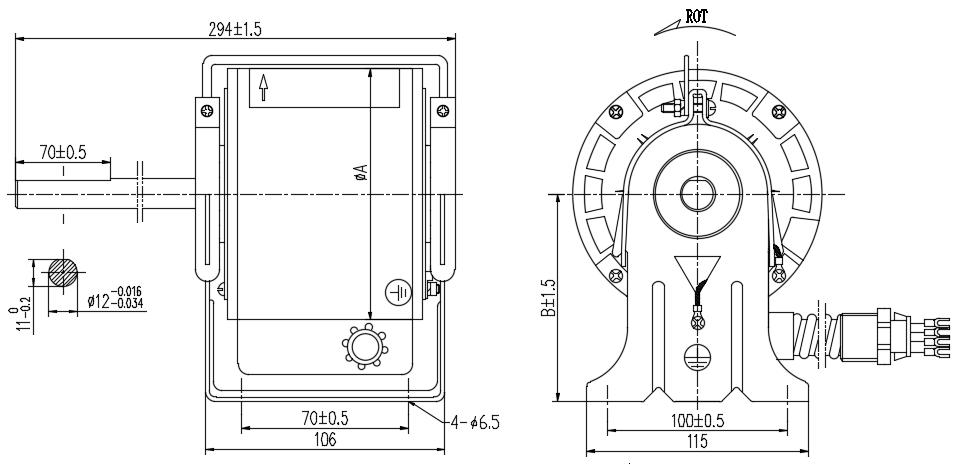How does a fan coil blower motor work?
A fan coil blower motor is a type of air handling unit that is commonly used in various industries such as construction, manufacturing, and healthcare. It consists of a motor, a blower, and a fan coil. The motor drives the blower, which in turn blows air through the fan coil. This article aims to provide an overview of how a fan coil blower motor works.

How Does a Fan Coil blower Motor Work?
The motor component of a fan coil blower motor is the core of the unit. It is made up of a rotor and a stator. The stator is fixed to the frame of the motor and the rotor is attached to the shaft of the blower. The rotor is equipped with windings that generate electricity when a voltage is applied. This electricity is then used to rotate the rotor, which in turn rotates the blower.
The blower component of a fan coil blower motor is the component that actually blows air. It consists of a housing, a impeller, and a diffuser. The impeller is mounted on the shaft of the rotor and it has several vanes that cause the air to rotate. The diffuser is located after the impeller and it increases the velocity and pressure of the air as it flows out of the blower.
The fan coil component of a fan coil blower motor is an optional addition that allows for the controlled distribution of air. It consists of a shell, a coil, and a cover. The shell is the outer shell of the fan coil and it is made of metal. The coil is the core of the fan coil and it is made of aluminum or copper. The cover is the inner shell of the fan coil and it is made of paper or fabric.

Conclusion:
In conclusion, a fan coil blower motor is a powerful air handling unit that is ideal for a variety of applications. It provides precise control over the distribution of air and has a long service life. With its high efficiency and reliable performance, a fan coil blower motor is an excellent choice for any air handling system.



